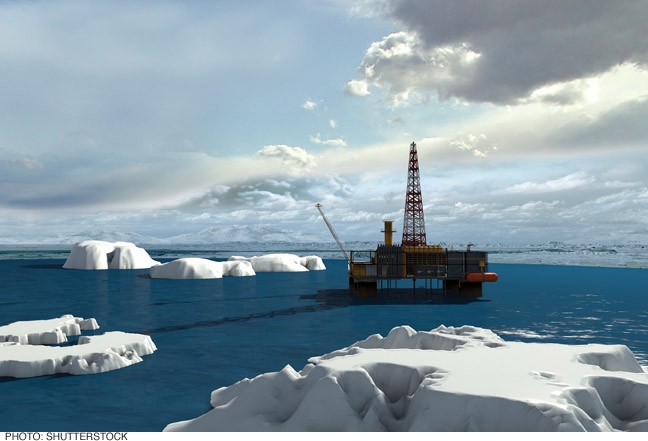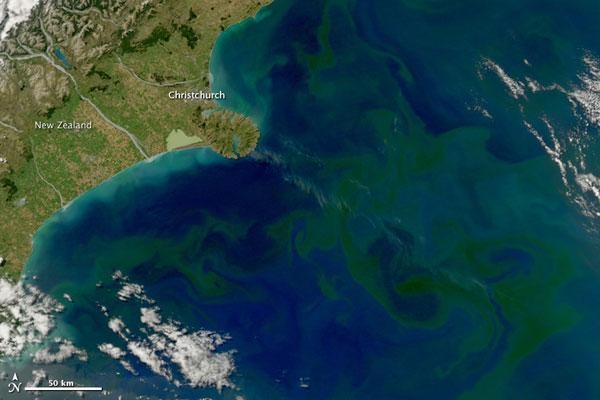
Arctic Oil and Gas: Assessing the Potential for Hydrocarbon Development in the Polar Region
The U.S. Geological Survey (USGS) world petroleum assessment from 2000 estimated that 25 per cent of the remaining recoverable undiscovered oil and gas resources in the world were located in the Arctic region. Although these figures proved inaccurate and were subsequently revised downward, e.g. in the 2008 Circum-Arctic Resource Appraisal, the assessment was sufficient to brand the Arctic region as a “new energy province.” In the following years a number of international oil companies, such as Shell Oil, Total, and ExxonMobil, secured drilling rights during various licensing rounds. The significant hydrocarbon reserves contributed to the Arctic region being moved into the focus of world politics over the past decade. With the hope to gain access to the debate surrounding the quickly changing region a number of countries, including China, Singapore and Italy, submitted applications for permanent observer status on the Arctic Council.
A closer examination of oil and gas development in the “High North” reveals that despite significant undiscovered reserves a nuanced investigation of the concept of Arctic oil and gas is needed before any accurate and reliable predictions can be made on the future of the region hydrocarbon potential.
First, Arctic petroleum development is inherently dependent on commercial profitability. Sustained high oil and gas price levels, in combination with the cost of extraction, are the main determinants in the decision to invest in Arctic extraction. Price levels for oil have remained at an annual average of almost $100 per barrel since 2008 allowing for an interest in Arctic resources to develop. The International Energy Agency (IEA), and the world markets, however, expect the price to fall in the long term. The IEA also argues that the cost of Arctic oil production will be very high, ranging anywhere between forty to one hundred dollars per barrel. Should these predictions come true, the profitability of Arctic oil extraction will be dramatically reduced.
Similarly, the natural gas spot price for the North American market has seen a remarkable shift over the last decade. Natural gas prices rose sharply prior to 2009, prompting interest in Arctic natural gas. In 2010, however, following a sudden boom in domestic shale gas production, the United States embarked on a path to self-sufficiency with price levels dropping subsequently for the whole of North America. As a result natural gas from the High North will not be as profitable as originally predicted.
A second obstacle to Arctic petroleum development is environmental concerns. In the North American Arctic, as elsewhere, the public is concerned about the environmental risks related to oil and gas extraction. The 1989 oil spill from the tanker Exxon Valdez in Alaska, and more recently, the Deepwater Horizon accident in the Gulf of Mexico in 2010, serve as public reminders of the potential consequences of drilling activity in ecologically sensitive areas. Greenpeace’s “Save the Arctic” campaign has successfully taken advantage of this public sentiment. Litigation and activism by indigenous communities and local NGOs have also succeeded in halting much of the Chukchi Sea development in Alaska.
As more and more attention is paid to the Arctic, it becomes increasingly difficult for political decision makers, cognizant on their public image, to strike the right balance between economic interests on one hand and environmental risk on the other. Discussions concerning Arctic oil and gas activities often inspire protests and public outcry and the power of civic engagement, in terms of halting or delaying the processes of oil and gas development, should not be underestimated.
A third hindrance comes from the friction caused when regional interests collide with those of the Federal government. The people and local governments of Alaska, for example, are increasingly interested in mineral and oil extraction to boost local employment levels and tax bases. Washington, D.C., however, is wary of the political consequences of moving forward with unpopular oil and gas projects. The deadlock between these two competing interests constitutes yet another hindrance for the rapid petroleum development in the Arctic.
Although the Arctic undoubtedly contains a vast amount of natural resources, its status as a “new energy province” should not go unquestioned. As highlighted, there are significant economic and political factors that need to be considered before Arctic oil and gas development becomes a reality. Awareness of these issues is therefore essential, as the debate on drilling for oil and gas in the North American Arctic will only intensify in the future.
Written by Andreas Østhagen, Senior Fellow of Arctic Energy at The Arctic Institute







